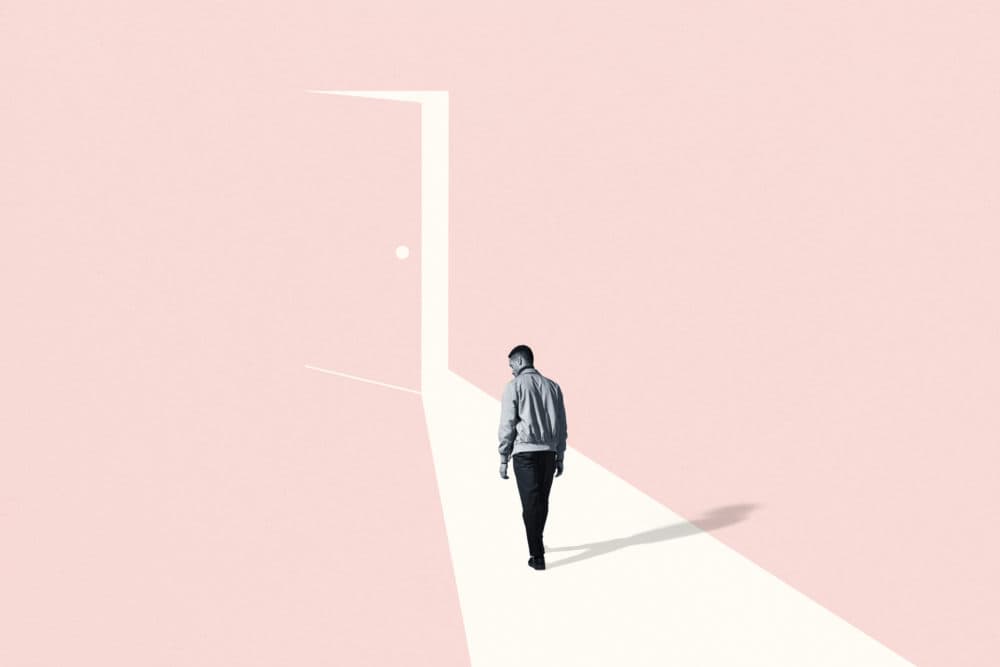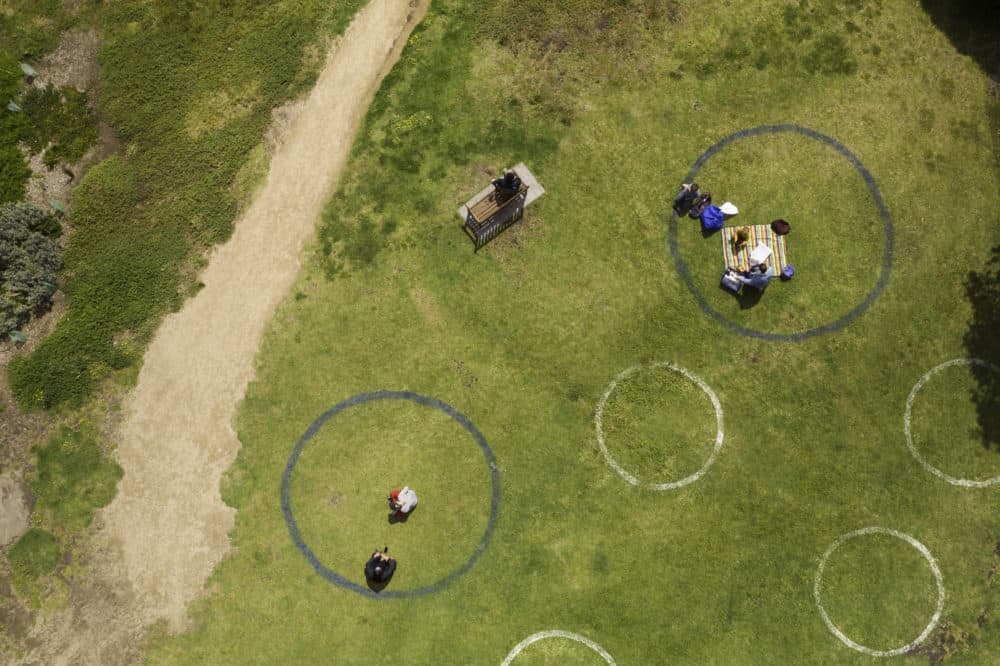Advertisement
Commentary
Why You Can't Shake Pandemic Anxiety

Finally. After a long year, we are watching infection rates fall and vaccination rates rise. These days, leaving the house may feel less like a game of roulette; it’s easier to breathe deeply. We know it will be months before most adults are vaccinated, even longer for our children, and new variants loom. But imagining post-pandemic life feels less like tempting fate.
This is good news. So why are we still feeling so anxious? Why are we on edge, bracing for the next round of grim news?
More than half a million Americans have died from the virus; many more are still struggling with its symptoms. So many have lost their jobs or housing. The educational system remains fractured. After so much hardship and loss, the psychological recovery from this trauma will be long.
As a clinical neuropsychologist, I listen to my patients’ stories about the pandemic’s devastation every single day. I’ve never heard so much hopelessness, despair and anguish, especially in children and adolescents. As a teenager in the depths of depression recently described to me, “It feels normal now, but if you really think about it, what we’re going through is anything but normal.”
Our brains will stubbornly stick to the routines we’ve adopted over the last year because they have been so critical for our survival.
Trauma leaves an indelible mark on the nervous system. When faced with an existential threat, our brains shift into overdrive, activating systems designed to keep us safe. Even after the threat recedes, our nervous systems remain on high alert. Our brains will stubbornly stick to the routines we’ve adopted over the last year because they have been so critical for our survival. For the foreseeable future, we will instinctively reach for our facemasks, startle when someone coughs and stand further apart. With repeated reassurance that the threat is really gone, these habits will slowly fade. But the nervous system will need more time to calm down than it did to initially escalate.
Complicating matters, the end of the pandemic will not be clearly defined. The virus will recede but there won’t be a proclaimed day of victory. Once we go through a trauma, our nervous systems rapidly re-escalate in situations that remind us of the traumatic one — we’ve all heard stories of former soldiers who still duck at the sound of a backfiring car. We will worry more than usual when we get our first post-pandemic cold. We’ll probably feel jittery the first few times we have dinner at a friend’s house. Some pre-pandemic behaviors may never feel truly safe again.
Advertisement
Transitions are often awkward and messy. In the space between one state and the next, there is usually ambiguity, uncertainty and disorientation. This is where we are now. A lot is still unclear; scheduling beyond the next few weeks may still be guesswork. We know that our post-pandemic life will resemble our pre-pandemic life, but also that there will be stark differences. There won’t be a “back to normal,” but rather a “new normal.” Some changes may be exciting and welcome, while others may bring new anxieties. In my own family, we are grateful that telework options will mean fewer business trips and more barefoot workdays, but dread the return of hectic early-morning routines and shuttling kids between extracurricular activities. It will take mental energy to adjust to new routines and to decide what things to carry forward and what things to leave behind.

Change is also rarely linear. As the grip of pandemic anxiety starts to ease, thoughts and feelings you’ve been able to defer for a year — by shoving them into the closets of your mind — may re-emerge, demanding to be addressed. You might be surprised when worry, grief and despair appear, just as things seem to be getting better.
In my practice, I’m already hearing from parents whose relief about their children returning to in-person school quickly turned to concerns about delayed academic skills. Reunions with loved ones may be shadowed by the mutual recognition of unrecoverable time. As we realize the full extent of what has been lost and grasp the challenges ahead, it’s normal to feel overwhelmed.
At this point, you might be wondering: How can I fast-forward through my psychological recovery? Do I have the strength or patience to process difficult emotions when this has gone on for so long, and I have experienced so much loss? Having these thoughts and emotions can actually be a sign that recovery is already underway. And a few cognitive and social factors will make this process easier.
There won’t be a 'back to normal,' but rather a 'new normal.'
For one, our thinking is likely to become clearer. For the last year, we’ve been living with chronic stress, and that has changed the way our brains work. We’ve all have had some degree of “brain fog” during the past year. As the pandemic fades, adrenaline and stress hormone levels will decline, releasing their influence on brain function. It will become easier to concentrate, multitask and reason. Our sense of time will normalize, making it easier to hold things in perspective. Regaining access to these abilities will increase our capacity to navigate through the journey ahead.
Second, and perhaps most importantly, we won’t go through the pandemic recovery alone. While it may feel awkward at first, re-establishing connections to our community will have tremendous healing power. The social isolation from the pandemic has been devastating for so many, especially for the youngest and oldest among us. Video-calls have been a lifeline to friends, families, and coworkers, but it’s a poor substitute for what it is like to be physically together in the world. Interactions with familiar acquaintances have been absent from our daily routines. As the social fabric mends, the conversations about our collective experiences and losses will leave us feeling lighter and more connected, even if they involve difficult feelings.
The psychological recovery will not be easy. It will take time and a commitment to acting with compassion toward ourselves and others. By reflecting on our experiences and working through the residual anxieties, we will find opportunities for learning and improvement. As individuals and a community, we can emerge stronger, more unified and more resilient.
This segment aired on March 31, 2021.
